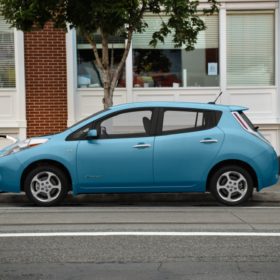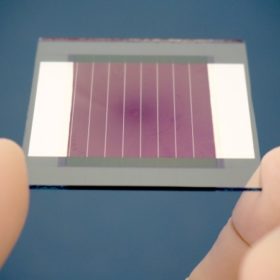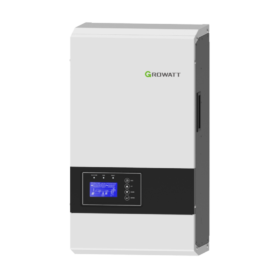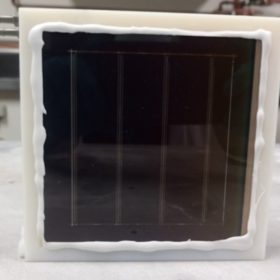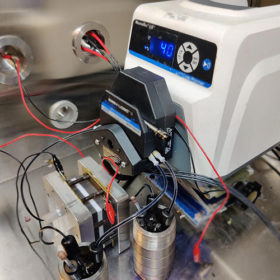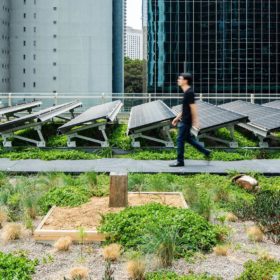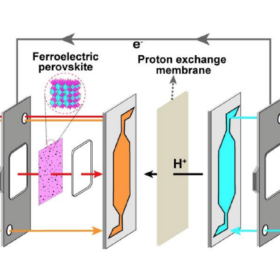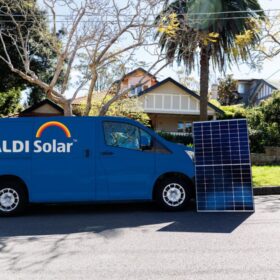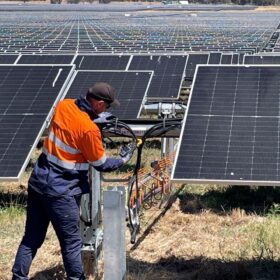US company using 3D printers to make solid-state battery tech for EVs
California-based Sakuú Corp. has started work on a 2.5 MWh per year pilot facility to produce 3D-printed solid-state battery tech.
Mini organic solar module with 13.94% efficiency
The panel is based on 14.9%-efficient organic PV cells with a surface of 1.1 cm2 that the same research group unveiled in September 2020. The solar cells were interconnected using laser structuring.
Gravity-based renewable energy storage tower for grid-scale operations
Energy Vault secured US$100 million (AU$137 million) in Series C funding for its EVx tower, which stores gravitational potential energy for grid dispatch.
Growatt unveils off-grid inverter
The 3 kW inverter has an efficiency of 95% and features a surge power of 9000 VA. According to the manufacturer, the device is compatible with mainstream lead-acid and lithium-ion batteries.
Coupling PV-powered electrochemical water splitting with battery storage
A German research team has developed a photovoltaic-electrochemical device for alkaline water electrolysis that can be linked to battery storage. The proposed system configuration can not only smoothen out the PV power fluctuations and facilitate power coupling, but also improve solar to hydrogen efficiency.
Redox flow battery retains more than 90% of capacity over 6,000 cycles via new catholyte
The battery was built with a new catholyte and a symmetry-breaking strategy, which consists of changing the symmetry of the redox-active organic molecules instead of using the common approach of attaching a hydrophilic functional group.
Green roof improves solar panel efficiency by 3.6% on average, study finds
The comparison of two solar cladded roofs in Sydney, one bare beneath its panels and the other adorned with native grasses and plants, has found the panels on the green roof were, on average, 3.63% more efficient, producing an average daily output 13% greater than the conventional roof. The improvements are believed to stem from the lower temperatures on the green roof, thanks to its plants – which also provided a plethora of additional benefits.
Solar-accelerated carbon-dioxide splitting to recycle a deadly greenhouse gas
Carbon never goes away, says Associate Professor Tianyi Ma, but if industrial carbon-dioxide emissions can be cleanly, renewable catalysed into chemicals and fuels that we need, we can reduce the overall GHG burden on the earth’s atmosphere.
Novel PV module recycling tech from South Korea
Developed by the Korea Institute of Energy Research (KIER), the “non-destructive” technology is claimed to enable the recovery of 100% of a module’s glass and to allow the reuse of silicon for producing new solar cells with an efficiency of 20.05%.
AEMO looks to cloud to help solve connection issues
The Australian Energy Market Operator will later this month commence testing of a cloud-based simulator designed to accelerate the grid connection process for developers of energy projects including large-scale wind and solar.
